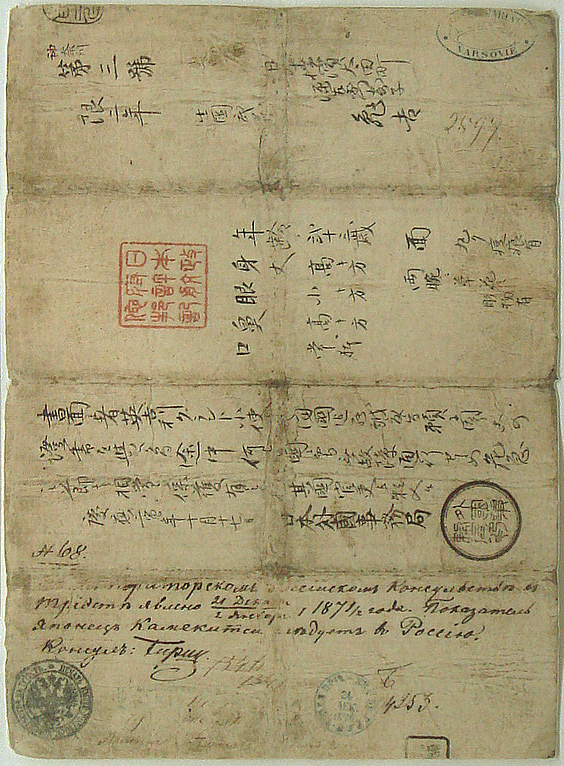You know Dasher and Dancer and Prancer and Vixen, Comet and Cupid and Donner and Blitzen. But do you recall the most famous reindeer of all?
Neither do I; this certainly isn't some sort of ill-timed Christmas post. As much as I love northern Holarctic ungulates in serious need of rhinoplasty, we all know I'd rather talk about dead people.
Humans have a long-standing tradition of naming things after dead people. For example, the city of Cincinnati was named after Roman farmer-turned-dictator Cincinnatus. Much the same can be said for Nashville, Baltimore, and San Diego; all were named after Roman farmers-turned-dictators, a surprisingly large coterie.
But nowhere is the practice of dead-guy-name-recycling more evident than in the scientific community. A few minutes in any college science class worth its salt (read: not soft science) will produce the names of several famous albeit dead guys (usually French), such as James Prescott Joule, Nikola Tesla, and Olivia Newton-John.
New evidence has shown that this deep-rooted tradition stretched its gnarly vines further back in history than we thought. The International System of Units (Le Système international d'unités) defines seven base units that serve as the building blocks from which all other units of measure can be derived. They are the meter, kilogram, second, ampere, kelvin, mole, and candela.
The ampere and the kelvin are irrefutably named after William Thomson, First Baron Kelvin and André-Marie Ampère, respectively; however, SI recently revealed that all SI base units are named after individuals from scientific history. Below are SI's official biographies of the five recently rediscovered scientists.
森田郎 (Ichirō Meter)
 森田郎 (1437?-1589), modernly known as Ichirō Meter, was born in Toyko, Japan to middle-class parents. At the age of 32, Meter moved to England, where his name was anglicized and consistently misspelled as Metre. Meter worked as a physicist, laying much of the groundwork for Sir Isaac Newton, Michael Faraday, and Sir James Paul McCartney.
森田郎 (1437?-1589), modernly known as Ichirō Meter, was born in Toyko, Japan to middle-class parents. At the age of 32, Meter moved to England, where his name was anglicized and consistently misspelled as Metre. Meter worked as a physicist, laying much of the groundwork for Sir Isaac Newton, Michael Faraday, and Sir James Paul McCartney.
After his success as a physicist, Meter turned to alternative medicine later in life. Meter's remarkable longevity is due to his pioneering research in the field of essential oils; he is best known as the first to distill the essential oil of the lavender, wild orange, and OnGuard plants.
Stephen Waldo Kilogram
 Stephen Waldo Kilogram (1990-present?) is an American chemist. Kilogram's discovery of time-travelling technology in 1852 led to the adoption of the kilogram as SI's unit of mass in 1795. Kilogram is also notable for his work with Casiodoro Gram (no relation) in the 24th century. Kilogram served as the inspiration for The Curious Case of Benjamin Button and Where's Waldo?.
Stephen Waldo Kilogram (1990-present?) is an American chemist. Kilogram's discovery of time-travelling technology in 1852 led to the adoption of the kilogram as SI's unit of mass in 1795. Kilogram is also notable for his work with Casiodoro Gram (no relation) in the 24th century. Kilogram served as the inspiration for The Curious Case of Benjamin Button and Where's Waldo?.
Kilogram was last seen during the Great Lisbon earthquake in 1755. The current whereabouts and whenabouts of Kilogram are unknown, but he is believed to be somewhere in the Andromeda galaxy about 5.8 millenia ago.





